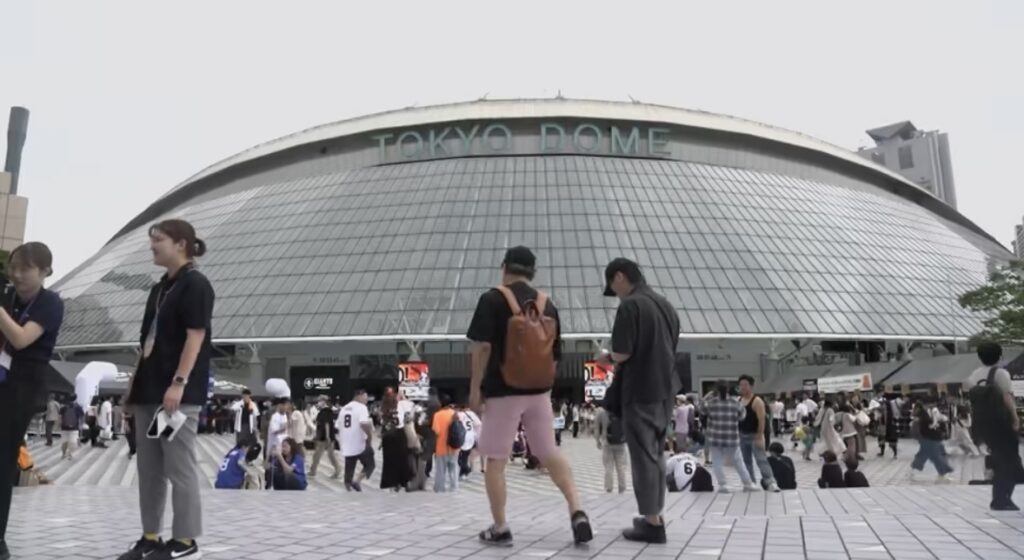
© Cole Weintraub 2024
SYRACUSE, N.Y. (NCC News) — Japanese baseball stars have captivated Major League Baseball fans for decades, but less attention is given to the journalists who cover their journeys. As part of an honors thesis project, I traveled to Japan to examine the media dynamics surrounding these players and how that coverage shifts once they cross the Pacific.
In Japan, baseball is not just a sport; it is a way of life. Fans are intensely loyal, the coverage is relentless, and players are treated like pop stars. When a player transitions to Major League Baseball, that world of expectation often follows.
That reality became clear in 1995 when Hideo Nomo, a star pitcher in Nippon Professional Baseball, challenged the system and became the first modern player to move to the majors.
Agent Don Nomura found a loophole in the NPB contract structure that allowed Nomo to make the jump. “The Japanese side only had, ‘You can’t touch an active player.’ I went up to Hideo and said, ‘You know what? If you can retire, we can [you] get to the States,” Nomura said.
Nomo’s departure ignited what became known as “Nomomania” in the United States, but the reaction back home was less forgiving. Nomo was labeled a sellout, and reporters who once covered him supportively quickly turned on him. That scrutiny was not an exception — it reflected the daily pressures faced by Japanese baseball journalists.
“Japanese reporters have to write about the same player every day. So what you need is the player to say something about something — even when there’s nothing to say,” said Jim Allen, a longtime baseball journalist based in Tokyo. In Japan, reporters spend years building personal relationships with players outside of the clubhouse. In the U.S., clubhouse access is broader but less personal, and that cultural gap remains even today.
Few players embody the tension between privacy and coverage better than Shohei Ohtani.
“I think it’s a huge responsibility of mine to properly tell the Shohei Ohtani story, because he’s going to be the seminal figure of this generation. That’s just the reality,” said Jeff Passan, an MLB insider for ESPN. “The lack of conversations that I’ve had with him, I feel like I’m not doing my job as well as I should. If you’re not writing good Ohtani stories right now, then what are you as a baseball writer? What’s the point?”
Ohtani’s agency tightly controls his public image, while the demand for daily content from journalists remains high. Japanese reporters covering Ohtani and other stars abroad face a difficult balancing act — striving to tell meaningful stories with limited access.
The COVID-19 pandemic accelerated the shift in player-media relationships, while the rise of social media further widened the gap between athletes and traditional reporters.
My documentary, Crossing the Diamond, explores how these dynamics have evolved from Hideo Nomo’s groundbreaking move to the present day — and what the future may hold for baseball journalism across two cultures.
